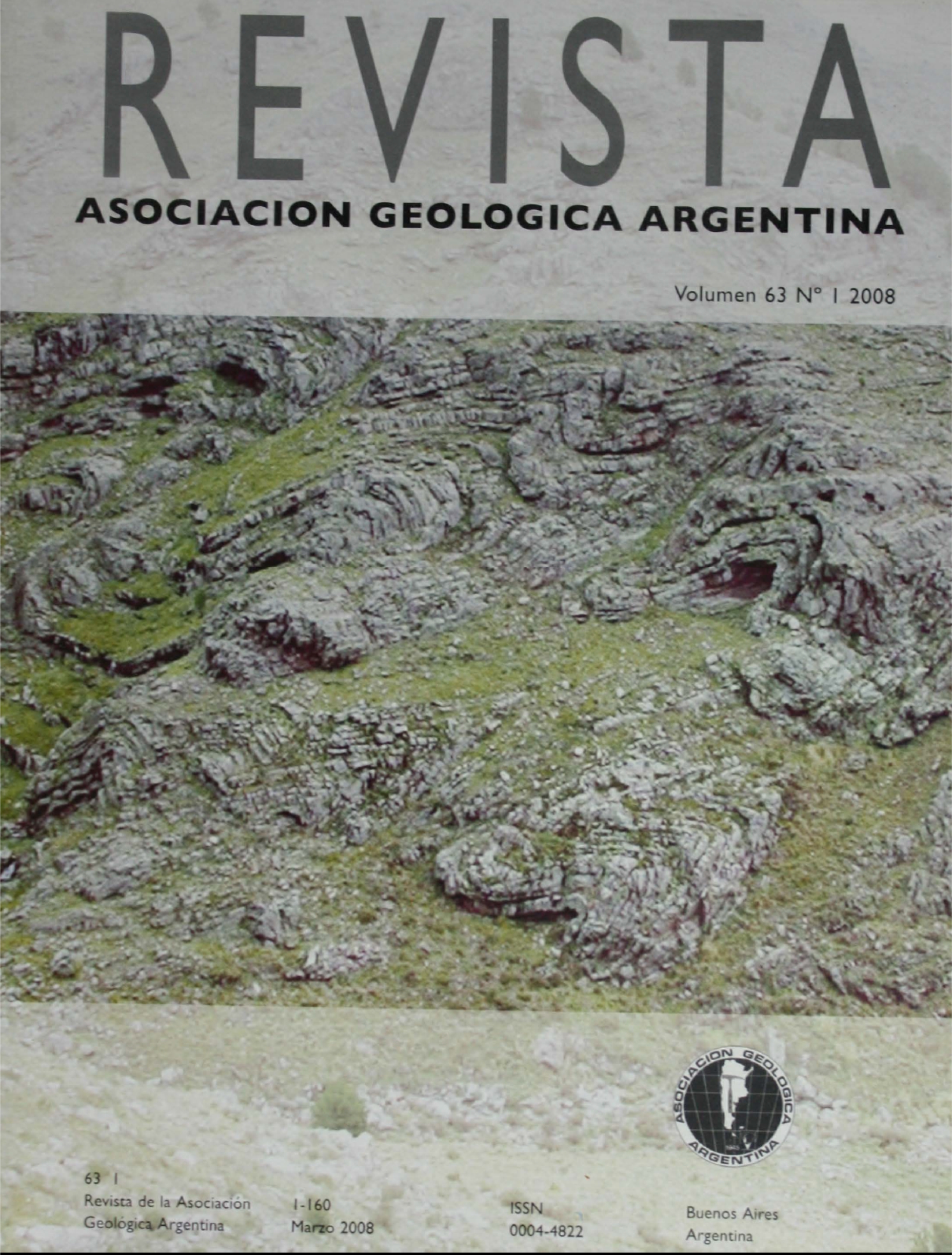Oblique convergence: alternative structural model for the Neuquén high (39º S), Neuquén
Main Article Content
Abstract
The regional scale structural lineament recognized as Neuquen high developed at 39º S latitude, is extended for more than 270 km in an E-W direction, defining the natural northern boundary of the Argentine Patagonia. The tectonic activity in this zone during Jurassic and Cretaceous times controlled the sedimentation of the basin, given place to a series of growth sequences and related unconformities. The structural features allows the recognition of a western sector where NE trending anticlines predominate related to high angle reverse basement faults and an eastern sector where the lineaments are NW trending and developed right-lateral wrench structures. The particular orientation of the Neuquen high, almost orthogonal to the Andean belt, and its complex structural features, were traditionally explained by two end-member models: wrench and inversion tectonics. Based on new subsurface data and the development of new structural concepts, an alternative model is proposed combining wrench-dominated tectonics trends with oblique inversion of half-grabens and basement related tectonics without influence of previous extensional features. The plan-view distribution of the structures and its evolution through time is explained by oblique convergence between a rigid block located to the southeast (Northpatagonian Craton), acting as a backstop with its boundaries sub-parallel to Negro and Limay rivers; which converge with a zone to the north able to be folded represented by the Neuquen basin, under an NW-SE oriented stress field. This model explains the distribution and orientation of the compressive and wrench dominated zones and its structural evolution where younger structures are developed from the SE to the NW towards the outer part of the system.
Article Details

This work is licensed under a Creative Commons Attribution-NonCommercial 4.0 International License.
Nota de copyright
Los autores conservan los derechos de autor y garantizan a la revista el derecho de ser la primera publicación del trabajo licenciado según una licencia de atribución Creative Commons que permite a otros compartir el trabajo con el reconocimiento de la autoría y de la publicación en la que se publicó por primera vez.
Declaración de privacidad
Los nombres y direcciones de correo electrónico introducidos en esta revista se usarán exclusivamente para los fines declarados por esta revista y no estarán disponibles para ningún otro propósito u otra persona.

